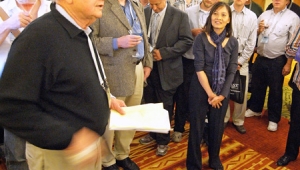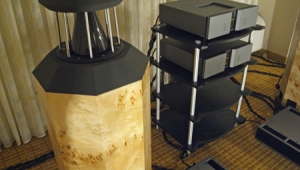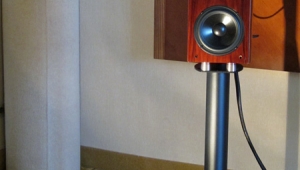| Columns Retired Columns & Blogs |
Very good note Jason! It would be ver helpful for all of us to start an official Stereophile High End Recorded Music Classification, in any media either physical or computerized. I even would pay a monthly suscription if you provide a monthly listings with some comments of the best track's passages to stress some frequency range benchmarks, say in the low, mid or high frequencies. I in love with classical, jazz, jazz vocal and opera music material but I struggle to find very good recorded music!!! I have 700 CDs and some DVDs but I could say that maybe just 100 of them are sonically worth it!! I have bought some CD albums from eMusic and most of it is really well recorded. My system is B&W 802D, Classe CA-M400 amps, Bryston BP26, Brysotn DAC BDA-1, Apple Mac Mini as Music Server with Seagate external HDD and I am waiting to buy a good Blu Ray (Marantz U9004 perhaps?). I have the system and everytime that I have up graded it is much more evident that the recordings have to improve too, not just the hardwar






































